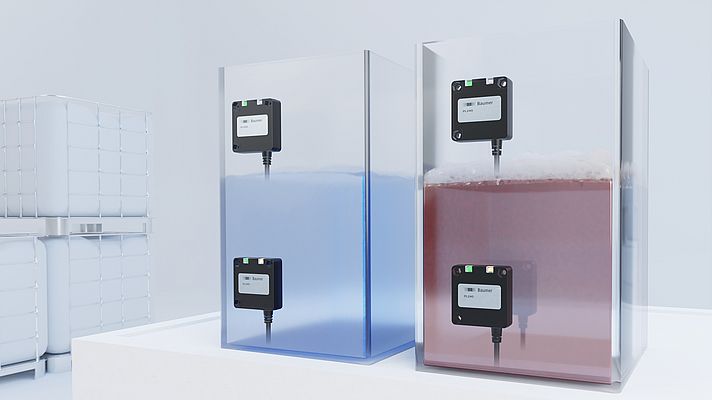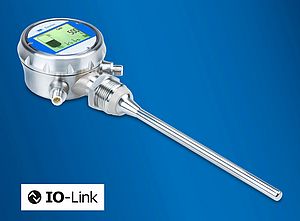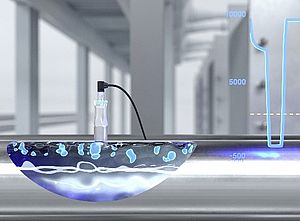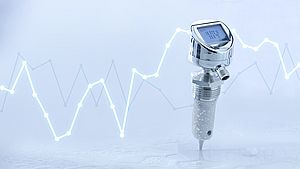Non-contact point level detection, even if films or residues adhere inside the tank: Thanks to its innovative, intelligent measuring principle, the new PL240 capacitive sensor from Baumer reliably detects fill levels even under challenging conditions. Thanks to their technology benefits, these sensors are capable of detecting fill levels even through plastic or glass walls without direct media contact. This provides many advantages, particularly when it comes to aggressive liquids, food or lab fluids in closed containers or where direct contact with foreign particles should be avoided.
Ideal for film-forming media
However, if microfilms or residues adhere to the inside tank walls as the fill level drops, conventional capacitive sensors come to their limits: they cannot reliably recognize whether it is still the medium or just a residue film, and consequently the machine is endangered of running dry. Furthermore, conventional capacitive sensors deployed in such applications are very sensitive to even the slightest influence – just a touch of the tank may result into switching errors. Such phenomena will not have any effect to the new PL240 capacitive sensor from Baumer. And all this even at up to 6 mm wall thickness. Attached outside at plastic or glass containers, PL240 reliably detects point levels of water-based media such as cleaning fluids, milk or laboratory liquids thanks to compensating adherence. Moisture and wetness will bother the sensor just as little as a touch of the tank.
Virtually immediately ready to use without teaching operations
The compact point level sensor is quickly attached directly at tanks or tubes using adhesive tape, cable ties or screws. Such high performance allows for air gaps of up to 1 mm between tank and sensor. Therefore, the sensor can be installed at a machine part when using swap containers, where direct container contact is sometimes not present or difficult to establish.




















